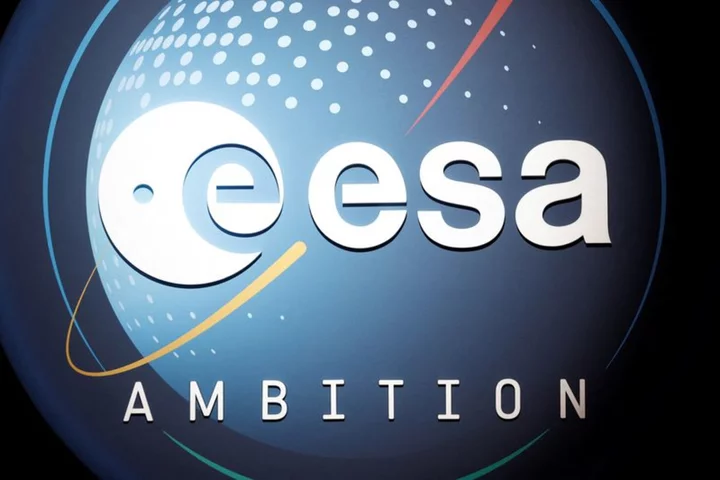Jobs in science, technology, engineering, and math (STEM) have long been male-dominated—but the 2023 "Diversity in STEM" report from the National Center for Science and Engineering Statistics (NCSES) indicates that the gender gap is closing.
The report, which is published every two years, defines the "STEM workforce" as those with at least a bachelor's degree, as opposed to the "skilled technical workforce, including workers with a high level of technical knowledge but without a bachelor’s degree." It does not include a non-binary category.
More Women in STEM Jobs
The most recent data shows women are taking on STEM positions at a faster rate than men. "Between 2011 and 2021, the number of women in the STEM workforce increased 31%, from 9.4 million to 12.3 million," says the NCSES. "For men, 22.6 million were employed in STEM occupations in 2021, up 15% from the 19.7 million employed in 2011."
This rapid growth has earned women a 3% increase in their inclusion in the STEM workforce, up from 32% in 2011 to 35% in 2021—that number was just 8% in 1970. Men are still over-represented in technical positions, though; they hold the remaining 65% of STEM positions.
That means men are still making most of the money in these industries. "Employment in science, technology, engineering, and mathematics (STEM) has a positive impact on the pocketbook," says the NCSES. "STEM workers had median wage and salary earnings of about $64,000, higher than the $40,000 earned by those working in non-STEM occupations."
Income Disparity in STEM
Women in STEM jobs are earning less than men, as well. The annual salary for a man in one of these jobs is $64,998 on average, compared with $59,931 for women. The pay gap extends also beyond gender, with great disparities between races and disability status.
Asian STEM workers are earning the most ($91,914), followed by White ($65,959), Black or African American ($54,734), American Indian or Alaska Native ($49,518), and Hispanic or Latino ($45,480). Those with at least one disability also earn less than those with no disability, at $56,906 compared with $64,969.
Diversity Is Growing
As these technical fields grow—they're now employing 24% of the total US workforce, up from 21% in 2011—they are becoming more diverse.
"These data show increasing diversity within the STEM workforce over this 10-year period," the report says. "Collectively, underrepresented minorities—Hispanics, Blacks, and American Indians or Alaska Natives—represented nearly a quarter (24%) of the STEM workforce in 2021, up from 18% in 2011. Of these three groups, the share of Hispanics increased the most, from 11% in 2011 to 15% in 2021."
Education Is a Major Factor
While women continue to earn about half of all bachelor's degrees awarded in science and engineering (S&E), a pattern that has "been consistent for more than a decade," the NCSES says, the most recent numbers show growth in the number of engineering degrees awarded.
"Although women remain underrepresented in engineering degree awards, their share of engineering degrees earned increased at all levels between 2011 and 2020," NCSES says. "As of 2020, women earned approximately a quarter of engineering degrees at the bachelor’s, master’s, and doctoral degree levels."
Events like International Women in Engineering Day (INWED), celebrated annually on June 23, help raise awareness of these gaps and celebrate the women working in the field currently.
"As a female engineer, International Women in Engineering Day holds deep significance for me," Malini Nair, principal QA software engineer at Context Labs, tells PCMag via email. "It is a moment to celebrate the achievements of women in engineering and inspire future generations to pursue their passions in this field. This day serves as a reminder that gender should never limit one's aspirations or opportunities."









